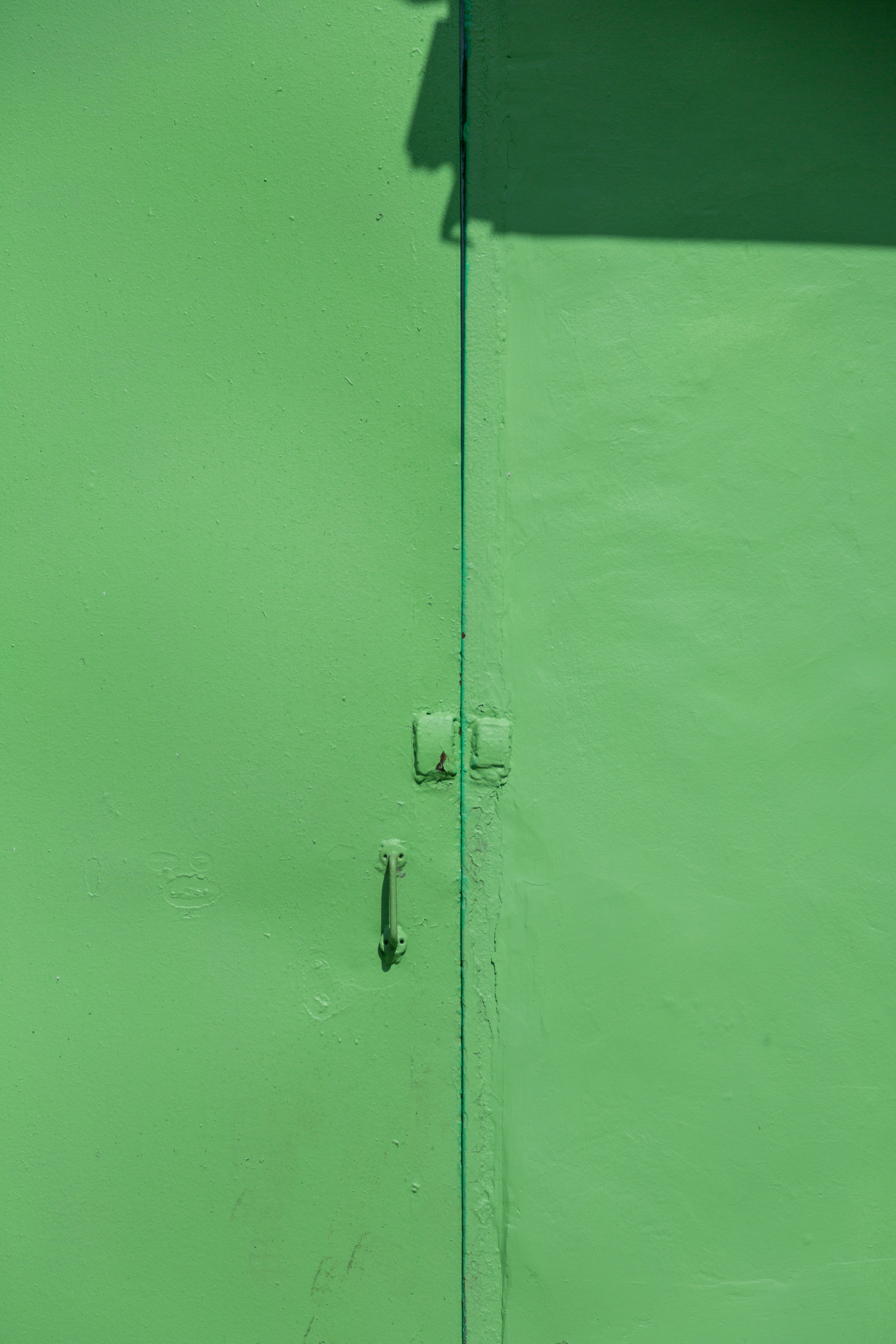Awesome working tips on how to increase hotel revenue

How to Increase Hotel Revenue: 25+ Proven Strategies
In hotel revenue management, it’s not just about raising room rates. Profitability comes from a mix of smart pricing, guest experience, and departmental collaboration. Think of your property as a living organism: every part—from reception to F&B—can contribute to higher profits.
Below, we share 25+ creative ideas to help you increase hotel revenue across accommodation and food & beverage.
5 Core Ways to Boost Hotel Income
1. Engage Your Team
Your staff is your greatest asset. Train them to understand pricing strategies, upselling, cross-selling, and why occupancy optimization matters.
- Provide access to online courses (Coursera, LinkedIn Learning).
- Run in-house workshops on revenue management basics.
- Incentivize performance with competitions or bonuses.
2. Highlight Your Unique Selling Proposition (USP)
Know what sets your property apart. If your hotel is positioned as stylish, boutique, or family-friendly, use that to justify premium pricing. Example: Room Mate Hotels brand themselves as a “friend’s place” with unique design themes.
3. Optimize Your Website for Direct Bookings
Third-party commissions cut deep into margins. Ensure your site makes direct booking the easy, obvious choice:
- SEO-optimized content highlighting benefits, not features.
- A fast, mobile-friendly booking engine.
- Direct booking perks (discounts, late checkout, free breakfast).
- Integrated social media campaigns.
4. Use Real-Time Market Data
Historical data alone is outdated. Instead, rely on real-time signals:
- Flight and hotel booking patterns.
- Travel restrictions.
- Competitor pricing.
- Automated RMS platforms like Pricepoint simplify this by tracking and adjusting rates 24/7.
5. Leverage Google Hotel Ads & Free Booking Links
Travelers search on Google first. Claim that visibility by:
- Running Google Hotel Ads.
- Using free booking links.
- Combining both for maximum impact.
Creative Revenue-Boosting Ideas
- Incentivize reception & reservations teams for upselling spa treatments or tickets.
- Organize local community events (yoga, poetry nights, co-working spaces).
- Monetize underused spaces (lobby pop-ups, art shows, local shops).
- Sell signature hotel products (pillows, amenities, branded items).
- Turn guests into brand ambassadors: discounts for social media shares.
- Request reviews via post-stay emails with small incentives.
- Run Instagram competitions (“Stay 3 nights, pay for 2”).
- Create niche packages (pet-friendly stays, adults-only weekends, family offers).
How to Increase Hotel Food & Beverage Revenue
Know Your Numbers
Track F&B metrics such as:
- RevPASH (Revenue per Available Seat Hour).
- TrevPASH (Total revenue per available seat hour).
- Seat turnover rates.
- Gross operating profit per seat.
Simplify Your Menu
- Focus on top-selling dishes.
- Reduce choice to speed decision-making and boost quality.
Apply Dynamic Pricing
- Raise prices at peak times.
- Offer lower-priced specials between meals to fill gaps.
Innovate Guest Experience
- In-room cocktail service instead of minibars.
- Seasonal, local, “Instagrammable” menus.
- Showcase local craft beers, wines, or farm-to-table ingredients.
Menu Psychology Hacks
- Place best sellers in the top left/right of menus.
- Drop currency symbols to reduce price sensitivity.
- Use descriptive, sensory language for dishes.
Next Steps
- Start with the basics: a user-friendly, mobile-optimized website with a direct booking engine.
- Layer in pricing optimization with an RMS like Pricepoint.
- Roll out F&B, upselling, and creative marketing strategies tailored to your USP.
The hotels that thrive are those that treat revenue management as a team effort—supported by data, creativity, and technology.





